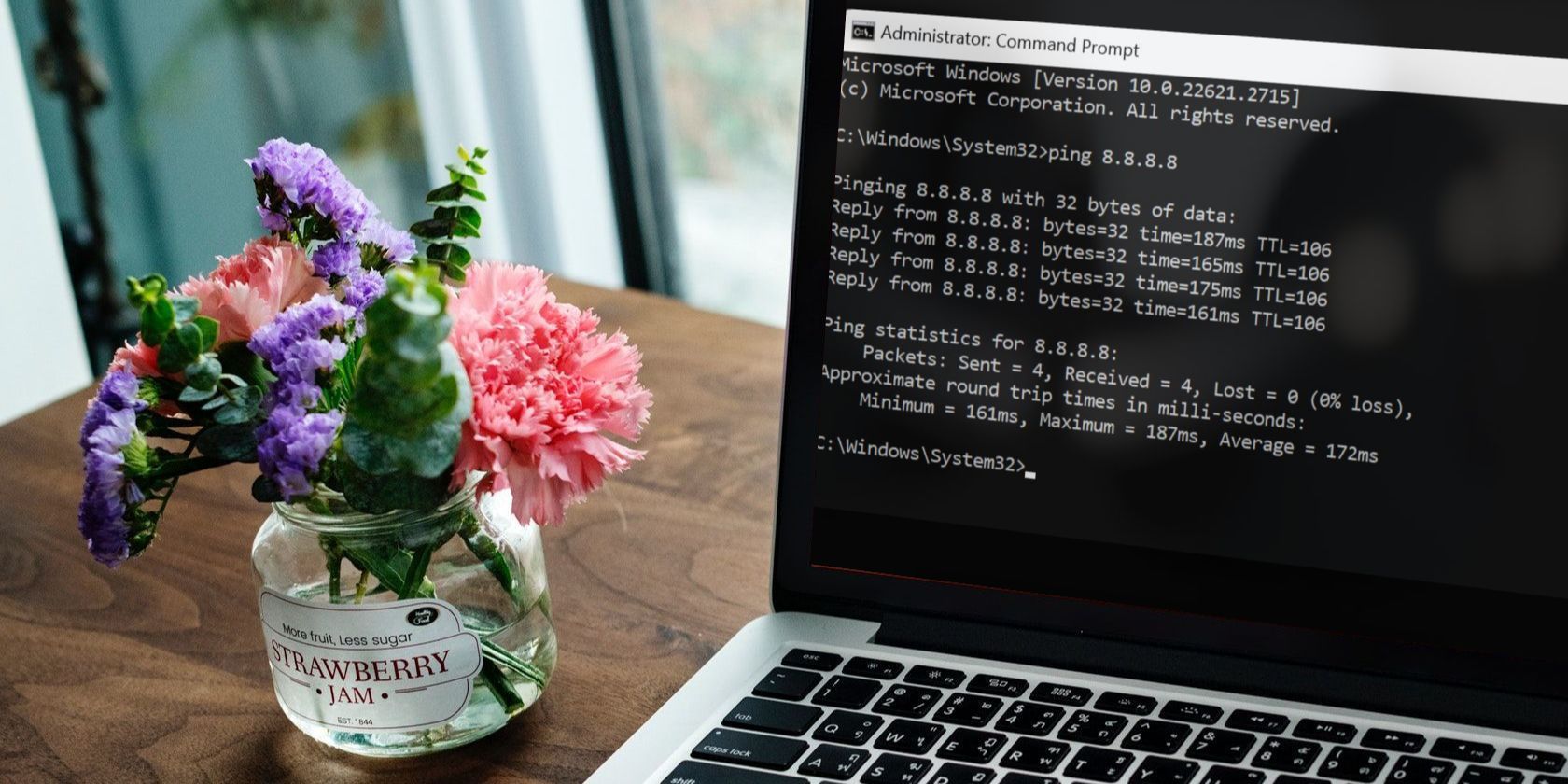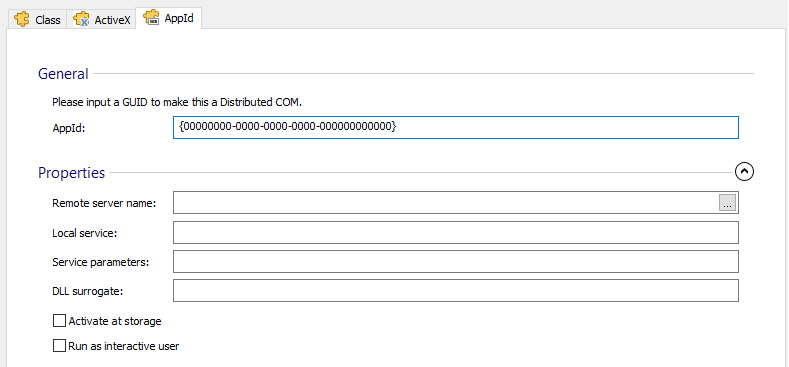
Understanding AppID Configuration: Navigating the AppProperties Tab

Understanding AppID Configuration: Navigating the AppProperties Tab
Table of Contents
- Introduction
- Registration
- Using Advanced Installer
- GUI
- Working with Projects
- Installer Project
* Product Information
* Resources
* Package Definition
* Requirements
* User Interface
* System Changes
* Environment Variables
* Scheduled Tasks
* Control Panel Applets
* Game Explorer
* Windows Firewall
* Users and Groups
* COM
* COM Properties Tab
* ActiveX Properties Tab
* AppId Properties Tab
* Interfaces Properties
* Type Library Properties
* COM+ Properties
* Server
* Custom Behavior - Patch Project
- Merge Module Project
- Updates Configuration Project
- Windows Store App Project
- Modification Package Project
- Optional Package Project
- Windows Mobile CAB Projects
- Visual Studio Extension Project
- Software Installer Wizards - Advanced Installer
- Visual Studio integration
- Alternative to AdminStudio/Wise
- Replace Wise
- Migrating from Visual Studio Installer
- Keyboard Shortcuts
- Shell Integration
- Command Line
- Advanced Installer PowerShell Automation Interfaces
- Features and Functionality
- Tutorials
- Samples
- How-tos
- FAQs
- Windows Installer
- Deployment Technologies
- IT Pro
- MSIX
- Video Tutorials
- Advanced Installer Blog
- Table of Contents
Disclaimer: This post includes affiliate links
If you click on a link and make a purchase, I may receive a commission at no extra cost to you.
AppId Properties Tab
This view allows you to configure and register DCOM servers.

General
AppId
Specify the AppId value that will be written under the CLSID and creates the AppId GUID key under HKCR\AppId.
Properties
Remote Server Name
This value will be written under HKCR\AppID\{AppID}, “RemoteServerName”=xxxx. This field is of Formatted Type . Use the [… ] to insert reference to a file, folder or property.
Local Service
This value will be written under HKCR\AppID\{AppId}, “LocalService”=xxx.
Service Parameters
This value will be written under HKCR\AppID\{AppId}, “ServiceParameters”=xxx.
Dll Surrogate
This value will be written under HKCR\AppId\{AppId}, “DllSurrogate”=xxx. Usually this string is empty.
Active At Storage
If the checkbox is enabled the value “ActivateAtStorage”=”Y” will be written under HKCR\AppID\{AppId}.
Run As Interactive User
If the checkbox is selected the value “RunAs”=”Interactive User” will be written under HKCR\AppID\{AppId}.
Did you find this page useful?
Please give it a rating:
Thanks!
Report a problem on this page
Information is incorrect or missing
Information is unclear or confusing
Something else
Can you tell us what’s wrong?
Send message
Also read:
- [New] In 2024, Conquer the Social Networking Landscape and Grow Your Followers
- [Updated] Background Video Recording Solutions for 2024
- [Updated] In 2024, A Simple yet Effective Guide for Starting a Skype Group Discussion Across Different OS Platforms
- [Updated] In 2024, Embark on a Wanderlust Adventure Becoming A Professional Travel Vlogger
- 1. Seamless IP Address Chain Integration Tool
- A Deep Dive Into the Transformative Shifts From GPT-3.5 to GPT-4
- Access Premium Music Without Spending: Explore Safari's Leading MP3 Download App!
- How to Bypass Google FRP Lock from Oppo F25 Pro 5G Devices
- How to Record Console Gameplay on Computer
- Leading Screencast Tools for Showcasing World of Tanks Strategies
- Navigating Through Key Microsoft Libraries on the Windows Platform
- Step-by-Step Guide: Linking Your Android Device with an LG Television
- Troubleshooting Authentication Issues in Windows OS
- Title: Understanding AppID Configuration: Navigating the AppProperties Tab
- Author: David
- Created at : 2024-10-09 19:04:04
- Updated at : 2024-10-10 19:23:22
- Link: https://fox-zaraz.techidaily.com/understanding-appid-configuration-navigating-the-appproperties-tab/
- License: This work is licensed under CC BY-NC-SA 4.0.